Safe as houses: areas where property prices will hold
As buyers look to protect the value of their investment in uncertain times, Carla Passino finds the most resilient locations in the English countryside.
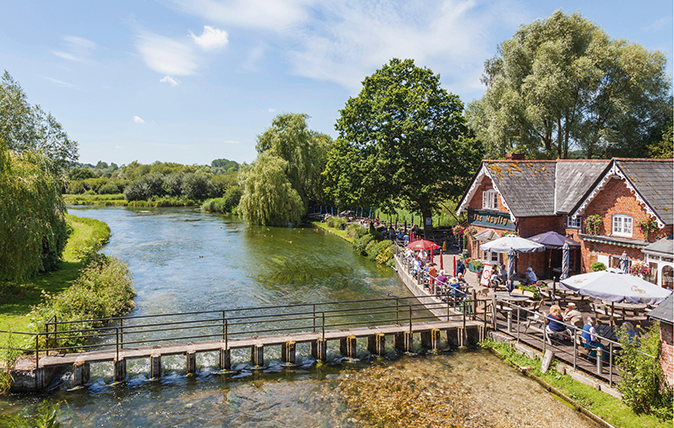

When the future looks uncertain, property buyers often worry about protecting the value of their investment. Consequently, says Lucian Cook of Savills Research: ‘You tend to find a flight to quality every time there’s market stress, so properties that are free of blights and are situated in established locations are going to be more robust. The Cotswolds is a classic example of an area that’s going to perform more strongly.’
Obviously, no location is ever entirely bulletproof. Nonetheless, some places tend to be more resilient and—with the exception of some popular second-home destinations—they usually have two factors in common: easy access to excellent private schools and good transport links. ‘If these key parameters are right and the price is right, there will always be a market for your property and that’s what you want,’ says Tom Hudson of Middleton Advisors.
Winchester, Alresford and Stockbridge, Hampshire
Since 2008, Winchester has been one of the biggest success stories in the south of England. House prices in the city centre have grown by 10%, according to Edward Cunningham of Knight Frank, with virtually every type of property rising in value.
‘Winchester has always been popular. The connection to London is excellent and the schools are second to none, with preps such as Twyford, The Pilgrims and Princes Mead, plus Winchester College, St Swithun’s and, in the State sector, Peter Symonds, which is a very well-regarded sixth-form college.’ However, the city has become even more attractive in recent years, after the high street was improved. ‘It has better coffee shops, boutiques and restaurants. You can walk everywhere and everything is on tap.’
For those who would rather live in the countryside, both Mr Cunningham and Edward Heaton, of search agents Heaton & Partners, recommend Alresford. ‘It has a lovely high street with Georgian buildings, lots of great shops and excellent butchers, plus the Perins School.’ Access into London is via Winchester and Southampton airport is within easy reach for international travel.
West of Winchester, Stockbridge is another option, according to Mr Cunningham. It has a high street full of shops, delis and restaurants, access into London via Winchester or Andover and the hugely popular Farleigh School is 12 minutes away.
Sign up for the Country Life Newsletter
Exquisite houses, the beauty of Nature, and how to get the most from your life, straight to your inbox.
Henley-on-Thames and the southern Chilterns
The southern Chilterns are an excellent choice for buyers looking to safeguard their investment. ‘The area has seen relatively stable house prices through various downturns, with the “best in class” always performing, regardless of the economic backdrop,’ says James Shaw of Prime Purchase.
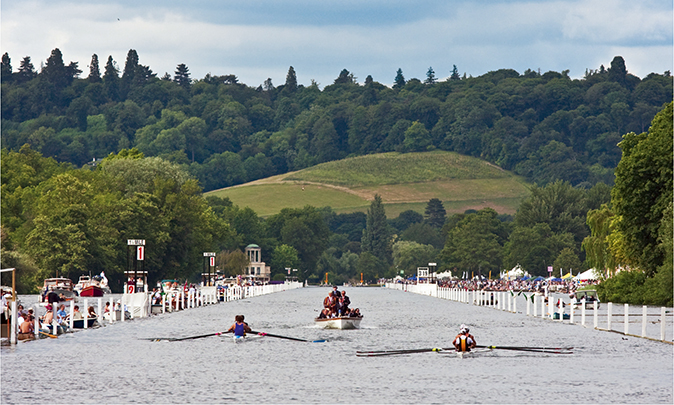
Here, the Thames winds its way through countryside peppered with picturesque brick-and-flint cottages, ancient farmhouses and popular villages that host a raft of markets, music and literary festivals and high-level sport—the Garsington opera festival and the cricket matches at the Wormsley estate are just two of the many events on the local calendar. Plus, adds Mr Shaw, ‘interesting topography ensures scope for walking, cycling, running and, if you’re brave enough, river swimming’.
The southern Chilterns are perfectly situated for easy access to London—via the M40 and railway stations at Reading, Twyford and Didcot— as well as to Oxford and Reading. Schooling options are just as ample, from the Oratory School in Woodcote to Moulsford Prep and Cranford House, both near Wallingford, Queen Anne in Caversham, Rupert House and Shiplake in Henley and Radley College and Abingdon School in Abingdon.
Henley, with its regatta, beautiful Georgian buildings and a crop of good shops and restaurants, is the area’s natural focus. However, says Mr Heaton, Sonning has sprung to national attention in the past couple of years, first in 2014, when it became home to George and Amal Clooney and, more recently, when Theresa May, who also lives there, became Prime Minister.
Other pretty villages include Cookham, North and South Moreton and Brightwell cum Sotwell plus Fawley and Northend in the idyllic Hambleden valley.
There’s only one drawback. ‘A significant proportion of the best stock will trade off-market and privately between acquaintances, especially in tight-knit communities such as The Haseleys,’ warns Mr Shaw.
Kingham to Great Tew, Cotswolds
Traditionally, the Cotswolds is considered one of the most robust locations in the UK. Villages such as Oddington, Little Tew and Kingham are attractive because they’ve held their value over the last downturn or outshone the rest of the market, according to Frank Speir of Prime Purchase.
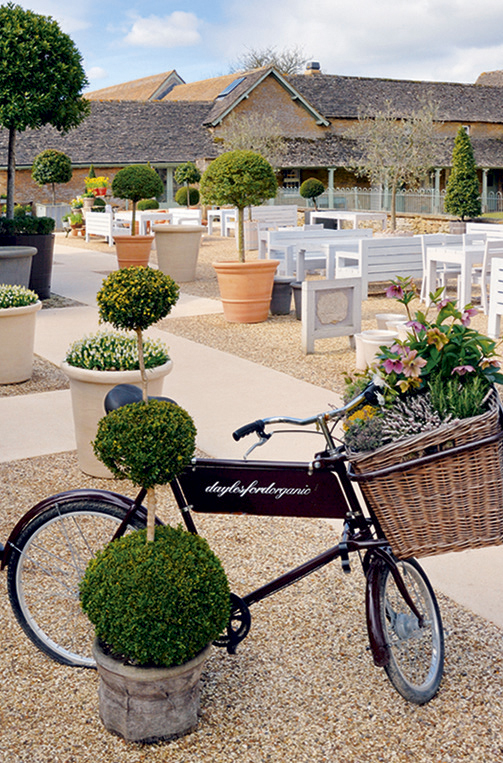
Kingham, in particular, is ‘the ultimate super village’, according to Luke Morgan of Strutt & Parker. With the Wild Rabbit and the Kingham Plough pubs and Daylesford Organic, it has excellent foodie credentials and people who move to the area rarely want to leave. ‘When we do have something for sale there, it flies off the shelf. We have people on our books asking to be in—and only in—Kingham.’
Ten miles to the east, Little Tew and Great Tew are also highly sought- after, especially now that good schooling and easy access to London, which have always been draws for buyers, combine with excellent food and a thriving cultural scene.
‘The Falklands Arms is a gorgeous thatched pub, a real highlight of the village,’ says Mr Morgan. ‘The supper-club pizzeria is fantastic: it’s run by an Italian and his English wife, who turn their barn into a gastro-feast. The Great Tew estate holds pop festivals, such as the Cornbury Music Festival, where Fatboy Slim hangs out. And the cherry on top is Soho Farmhouse, sitting right on the edge of Great Tew.’
Demand here is as healthy as ever. ‘We have more buyers around than at this time last year and they’re more focused,’ says Claire Owen of The Buying Solution. ‘The issue is lack of stock: it’s been a problem for the past 18 months.’
As a result, cautions Prime Purchase’s Mr Speir, buyers should bear in mind that prices in this area ‘are more likely to be overinflated than elsewhere’.
The Surrey Hills
When asked about areas that are most likely to hold their value, Katherine Watters of The Buying Solution has no hesitation in picking Guildford and the surrounding villages, such as Shamley Green or Bramley. ‘There’s always a market for properties there, even when things feel a little unsettled.’
Buyers are drawn to the combination of fast connections into London and great schools—the Royal Grammar School, Guildford High, Tormead and St Catherine’s, to name just a few—with scenic countryside, excellent quality of life and the area being an AONB. ‘People are increasingly worried about planning and the AONB designation reassures them that this area is less likely to be developed in the future, so it will maintain its beauty.’
With demand usually strong, a chronic lack of stock ensures properties hold their value. ‘Competition for the good houses in these locations is always stiff,’ notes Paul Frost of Prime Purchase. ‘Buyers need to know the market and be right on the curve or they’ll miss it.’
Newbury and the North Wessex Downs
Bobby Hall of The Buying Solution grew up in west Berkshire and he believes that the ‘very simple reasons’ that drew people to this area in the past will continue to underpin this market in years to come. ‘They come here because it’s a stretch of beautiful countryside that’s outside London, but very commutable.’
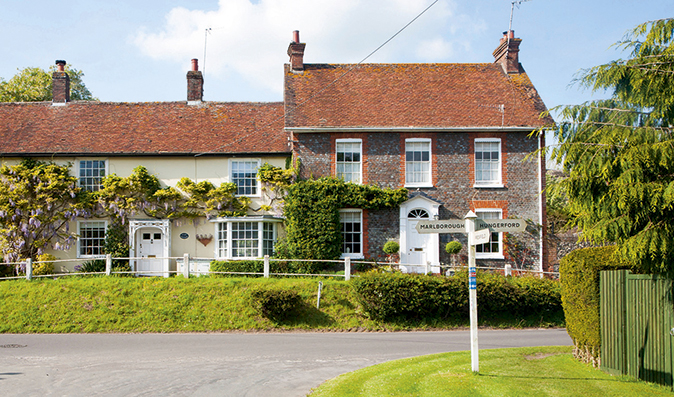
The North Wessex Downs are peppered with attractive market towns, such as Hungerford—a charming place with great antique shopping, according to Knight Frank’s Mr Cunningham. Many villages also have fine examples of Georgian architecture ‘and that’s not going out of fashion any time soon,’ says Mr Hall.
He adds that ‘proper schools are the other part of the jigsaw’ that draws people to the area: Cheam, Elstree and Horris Hill near Newbury are especially popular. ‘No market is completely invulnerable, but we always have transactions here. I saw no reduction in the number of people coming to me as a result of Brexit and that’s telling.’
Further west, Kennet Valley villages such as Chilton Foliat and Ramsbury have good-quality pubs and very good primary schools, with good preps such as Pinewood within a 20-minute drive, according to Charlie Wells of Prime Purchase. ‘They are commutable, but, crucially, also have sustainable shops, such as butchers and bakers.’
Carla must be the only Italian that finds the English weather more congenial than her native country’s sunshine. An antique herself, she became Country Life’s Arts & Antiques editor in 2023 having previously covered, as a freelance journalist, heritage, conservation, history and property stories, for which she won a couple of awards. Her musical taste has never evolved past Puccini and she spends most of her time immersed in any century before the 20th.
-
 Exploring the countryside is essential for our wellbeing, but Right to Roam is going backwards
Exploring the countryside is essential for our wellbeing, but Right to Roam is going backwardsCampaigners in England often point to Scotland as an example of how brilliantly Right to Roam works, but it's not all it's cracked up to be, says Patrick Galbraith.
By Patrick Galbraith Published
-
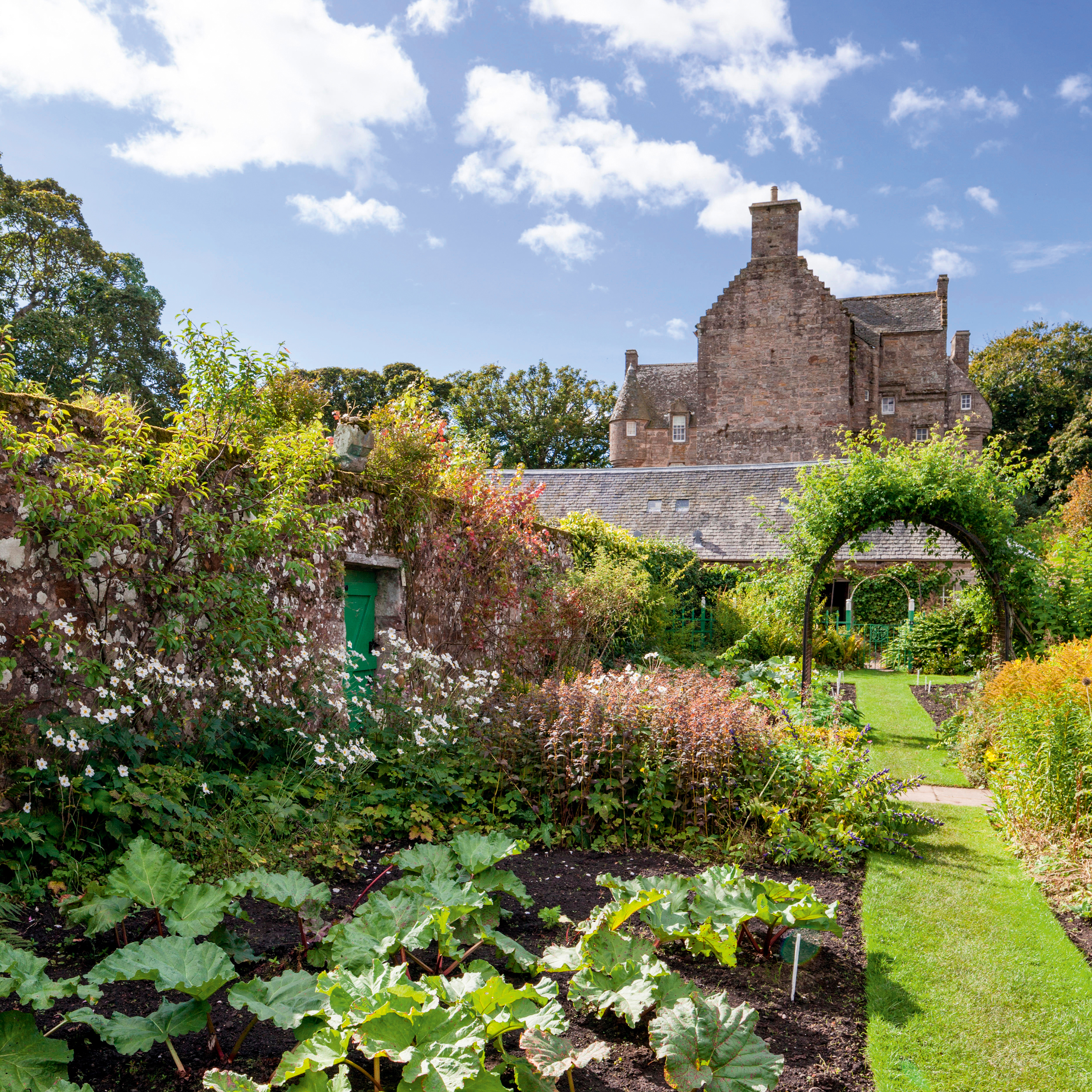 Alan Titchmarsh: 'It’s all too easy to become swamped by the ‘to-do’ list, but give yourself a little time to savour the moment'
Alan Titchmarsh: 'It’s all too easy to become swamped by the ‘to-do’ list, but give yourself a little time to savour the moment'Easter is a turning point in the calendar, says Alan Titchmarsh, a 'clarion call' to 'get out there and sow and plant'.
By Alan Titchmarsh Published
